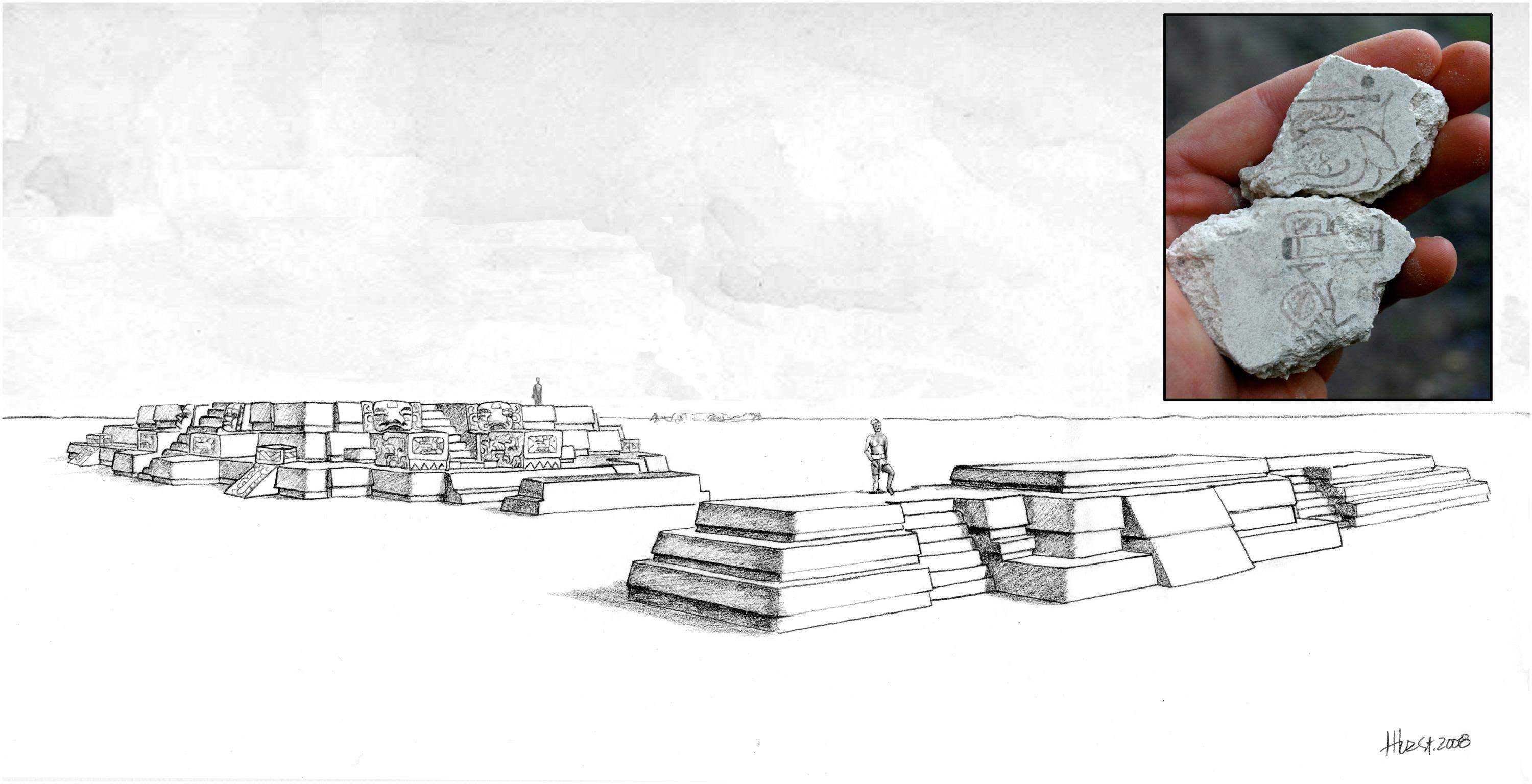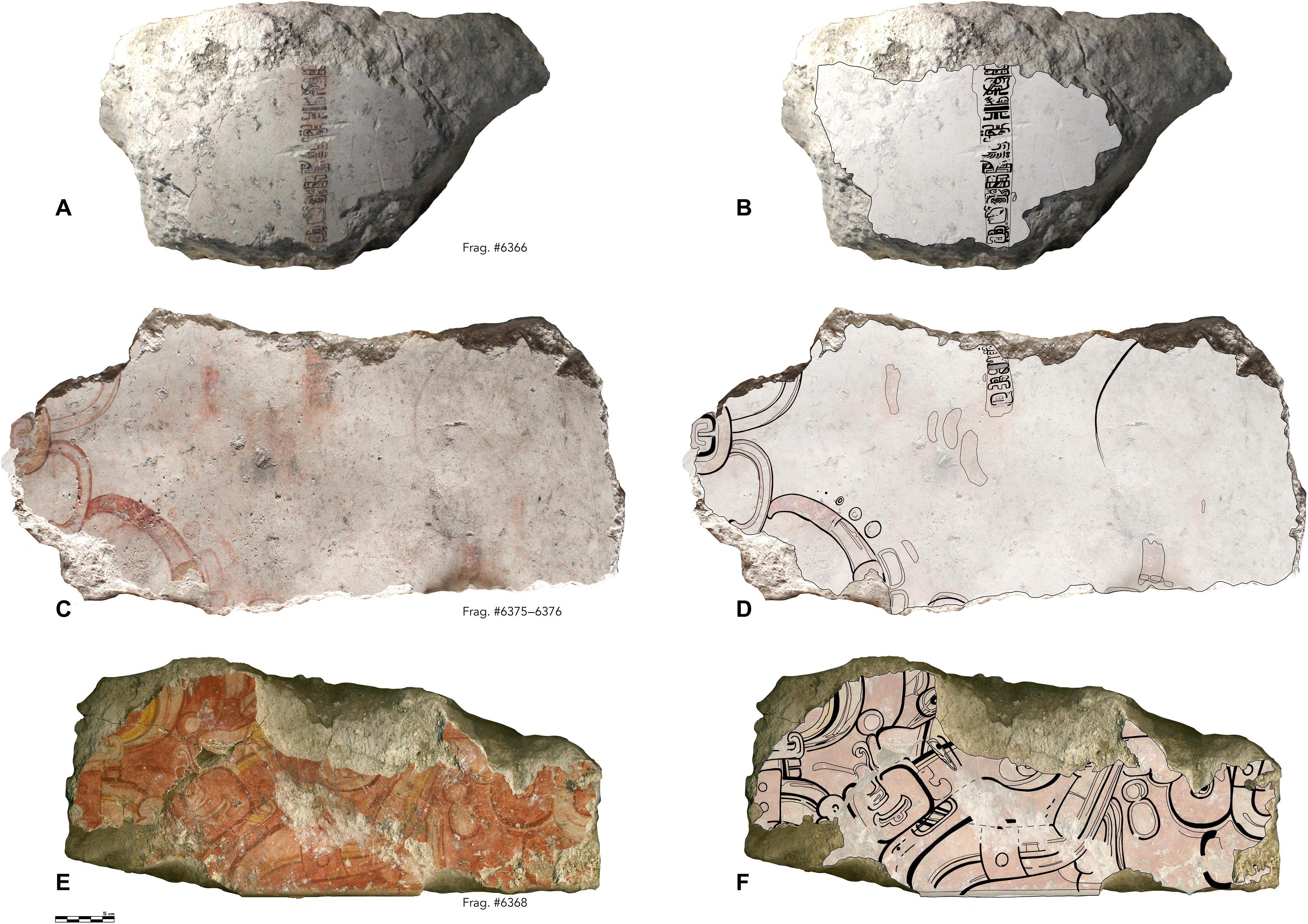Oldest Mayan sacred calendar found in Guatemala
- April 15, 2022
- 0
The most famous pyramid of the complex is Las Pinturas. Archaeologists have found frescoes dating back to 100 BC. According to researchers, the drawings of the paintings were
The most famous pyramid of the complex is Las Pinturas. Archaeologists have found frescoes dating back to 100 BC. According to researchers, the drawings of the paintings were

The most famous pyramid of the complex is Las Pinturas. Archaeologists have found frescoes dating back to 100 BC. According to researchers, the drawings of the paintings were borrowed from the “Popol-Wuh” (the sacred book of the Quiche, one of the Mayan peoples), and also reflect the ideas of the Yucatec about cosmology.
Research has shown that the construction on this site began 2.2-2.3 thousand years ago. The pyramids were built in several stages. As a result, they reached a height of almost 30 meters and created many archaeological layers during the construction process.
Archaeologists found it in one of the oldest layers. two-piece frescoIt is considered the oldest evidence of the existence of the sacred Mayan calendar.
In general, archaeologists were able to deduce: seven thousand scattered pieces of fresco – they were formed during the collapse of the walls during the next reconstruction. Some are the size of a nail, some are large – about 20 x 40 centimeters. However, only 11 of them turned out to be suitable for identification. Two fragments are particularly distinguished.


Fragments of the calendar found / Photograph: Karl Taube, Proyecto Regional Arqueologico San Bartolo-Xultun
One of them represents a symbol corresponding to the number seven in the Mayan number system, the other is a glyph of a deer (a letter element in the form of a picture). The pieces fit together at the edges of the shard, plus the images were applied to them with the same black paint. Combined, they give a date – the “seven deer” that belonged to the Tzolkin (Tzolk’in), the sacred Mayan calendar used for ritual purposes.
Coal fragments found in the same layer also made it possible to date the find. Analysis showed that the wall dates back to the period between 300 and 200 BC. The earliest examples of the Mayan calendar to date date back to the 1st century BC.


Parts found in the Mayan pyramid / Photo by Heather Hurst
In general, the Maya had four calendars. One of them is the holy calendar Tsolkin. It has 260 days, consisting of 13 numbers and 20 days combined with different signs (e.g. deer).
But 260 days is not a year. It is rather a cycle similar to a seven-day week. The definition of “seven deer” does not give an exact date, nor does it indicate the season or year something happened.
Source: 24 Tv
I’m Maurice Knox, a professional news writer with a focus on science. I work for Div Bracket. My articles cover everything from the latest scientific breakthroughs to advances in technology and medicine. I have a passion for understanding the world around us and helping people stay informed about important developments in science and beyond.